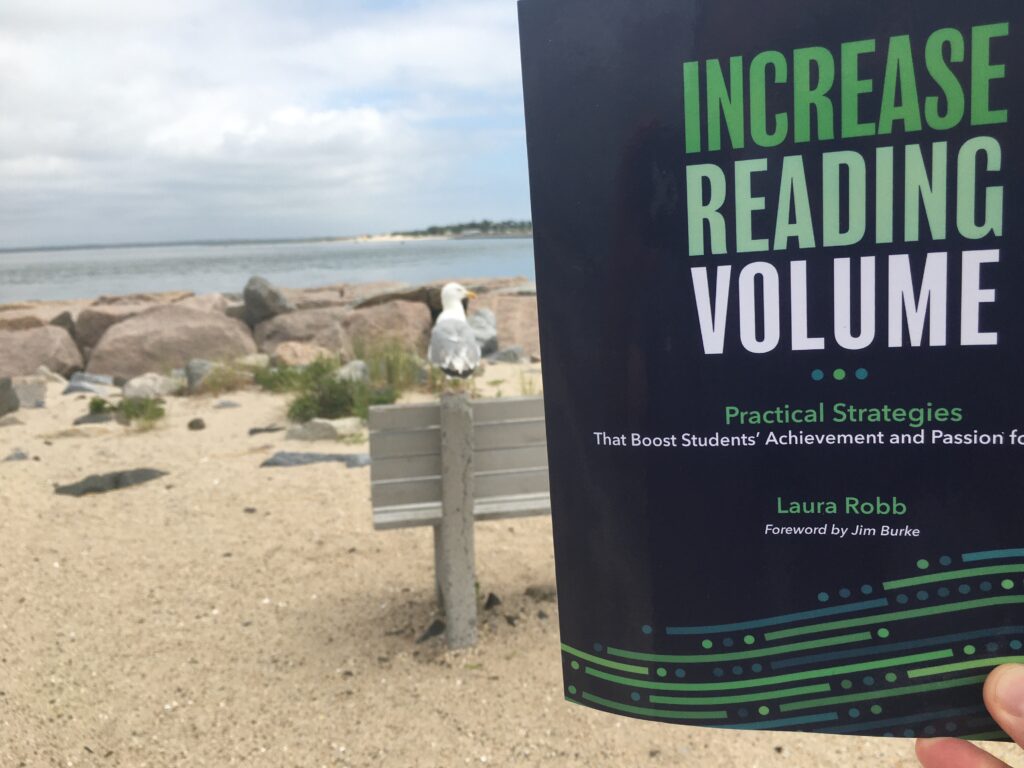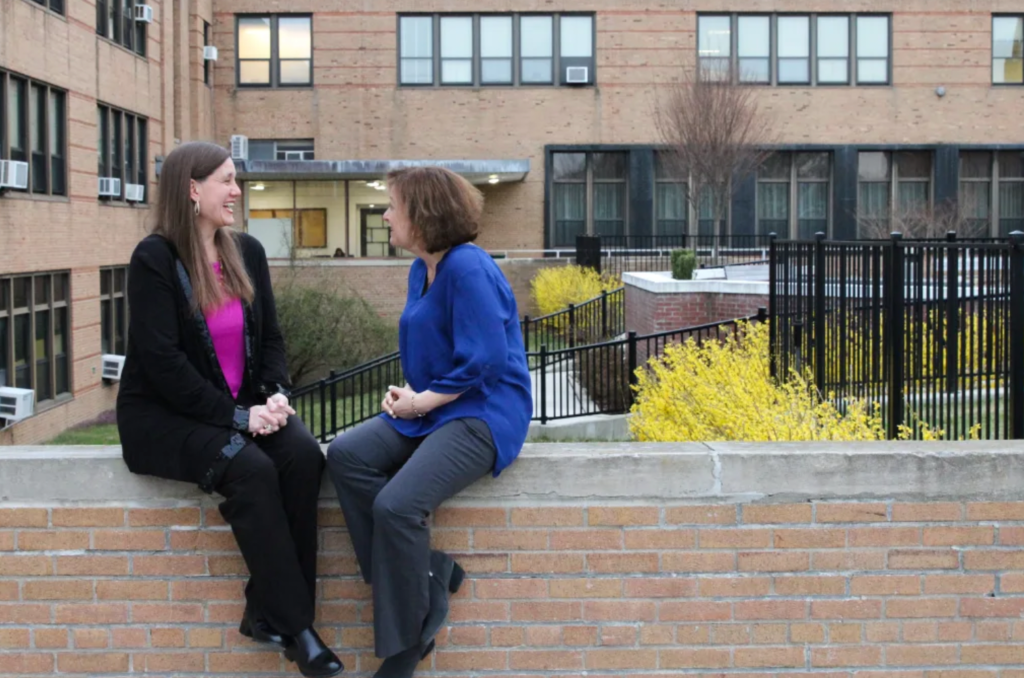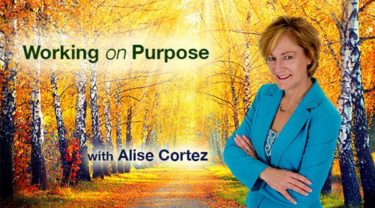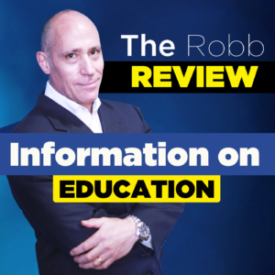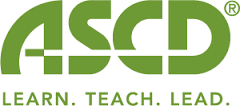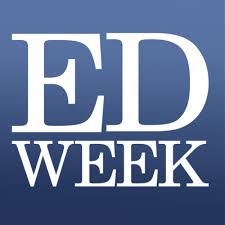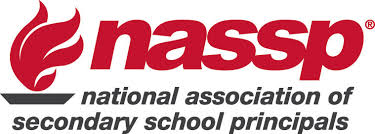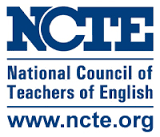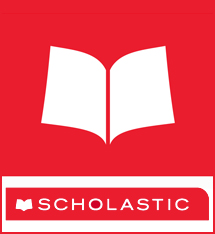The Fluency Development Lesson (Closing the Reading Gap)
By: Lynne Kulich, PhD & Timothy Rasinski, PhD
Attempts to improve reading outcomes, especially among students who struggle to become proficient reading, have been in the reading spotlight in the past few years. The solution that is most commonly offered is a stronger emphasis on direct systematic phonics instruction (e.g. Sold a Story podcast, 2022). While we completely agree that phonics is essential to reading success, phonics itself is only one part of the equation to develop proficient readers.
The aim of phonics instruction is for readers to be able to decode words accurately. However, consider a reader who is able to decode words accurately but does so in an overly slow word-by-word manner without paying any attention to phrasing or expression. Clearly, we would not consider such readers proficient. Truly proficient readers not only decode words accurately, they also decode the words they read effortlessly and they read text with good phrasing.
Fluency in reading involves teaching students to read text not only accurately but also automatically or effortlessly. The significance of automatic word recognition is that readers no longer have to employ their cognitive resources to decode the words in text – the words are instantly decoded with minimal use of cognitive resources. Those freed up resources can then be employed to the more important task in reading – comprehension.
Fluency also involves reading with what linguists call prosody. We prefer to call it reading with expression and phrasing that reflects the meaning of the text. In order to read with prosody, readers need to be attending to the meaning of the text. Thus, prosodic reading aids in comprehension.
Studies by the National Assessment of Educational Progress have shown that large numbers of lower performing fourth grade readers tend to struggle in both automatic word recognition and prosodic reading. Clearly, then, developing fluency in these students, both automaticity and prosody, will significantly improve reading proficiency. Fluency instruction must be a part of any science-based reading curriculum.
The Tools for Developing Fluency
- Modeling Fluent Reading. Young readers need to hear fluent reading in order to understand reading fluency. This means teachers, parents, and others should read to their children regularly and make sure that when they do they read with expression that marks fluent reading.
- Wide Reading. Fluency in anything requires practice. Wide reading involves reading as much as possible. Recent research (Allington & McGill-Franzen, 2021) has shown that reading volume is associated with reading achievement.
- Deep (Repeated) Reading. Fluency often requires the learner to practice a text (or other activity) multiple times in order to achieve fluency. Research (Rasinski, et al, 2011) has shown that repeatedly reading one text leads to improvements in new texts never before read. The key to repeated reading (i.e. rehearsal) is to make it authentic. If a text is meant to be performed for an audience it needs to be rehearsed- not for speed but for developing a sense of expression that an audience with find satisfying. Texts such as readers theater scripts, poetry, song lyrics, and other are meant to be read aloud for an audience and are thus excellent choices for repeated reading.
- Assisted Reading. If a text is challenging having an assist or scaffold from a more fluent reader can lead to fluent reading. Assisted reading can take the form of choral reading as a group, paired reading where the partner is a more fluent reader, or reading while simultaneously listening to a prerecorded version of the text. Assisted reading (Rasinski, et al, 2011) has been shown to be a powerful tool for developing fluency and overall reading proficiency.
- Phrased Reading. Less fluent readers / tend to read / in a word-by-word manner / that disrupts the natural language / of the text / and makes comprehension difficult. // Helping students / read in phrases / by marking a text / with phrase boundaries / can move students / to more natural and meaningful phrasing / that will improve reading fluency / and comprehension.//
These basic fluency development tools, by themselves, can move students toward higher levels of fluency and reading proficiency. However, if we can combine these tools into a single lesson format we get synergy – a situation where the benefit from a whole lesson combining these elements is greater than the sum of the parts alone. This is where the Fluency Development Lesson (FDL) comes in.
The Fluency Development Lesson
The FDL is a systematic, explicit, science-backed instructional practice that when implemented regularly closes reading gaps for all students, including multilingual learners (National Reading Panel, 2000; Kulich 2009; Zimmerman, et al., 2019). While the FDL supports all foundational reading skills, it targets fluency since reading difficulties often manifest in this area (White, et al., 2021), and its flexible design supports readers of all ages.
Implemented in 15-20 minutes, the FDL includes effective assisted reading practices like choral, echo, and partner reading. Initially, the FDL was created to be delivered in a single day using short, grade-level passages (Rasinski, 2010; Rasinski, Padak, Linek, & Sturtevant, 1994). Research suggests that scaffolded, repeated reading of a single text over the course of a week leads to gains in fluency and comprehension skills (Stahl & Heubach, 2005). So, we encourage students to read the same text throughout the school week with a variety of scaffolds. Additionally, you’ll find embedded activities to target all literacy skills, i.e., listening, speaking, reading, and writing. You’ll also notice activities for students to continue developing all foundational reading skills, such as phonemic awareness and phonics.
Planning
First, choose a grade-level text aligned to a reading scope and sequence, theme, or phonics skill. The FDL supports your core curriculum. While any genre will do, our favorite is poetry. Given its rich, rhythmic language, poetry is an obvious choice. This is particularly true for multilingual learners who benefit from the rhythm, rhyme, and repetition that poetry offers (Vardell, Hadaway, & Young, 2006).
Next, select the assisted reading practices needed to support your students, and plan to explicitly teach new vocabulary. Remember students will need more scaffolding earlier rather than later in the week. Prepare to discuss the poet’s purpose, word choice, and theme because comprehension is always the goal.
Include opportunities for students to read aloud for different audiences, e.g., principal, custodian, etc., and include a written response activity. Reading and writing are synergistic, so be sure students write about the poem and share their responses. This experience helps develop the necessary dialogic communication skills students need and will use.
Finally, the FDL supports home-school partnerships. Students can read their weekly poems to someone at home. Consider hosting classroom poetry parties and invite families to listen to students read their favorite poems.
Implementation
| Monday: Present the new poem.Model fluent reading. Discuss poet’s purpose, word choice, and style. Identify rhymes, antonyms, hyperbole, etc. Students chorally echo read. |
| Tuesday:Reread poem.Review components of fluency (rate, accuracy & prosody).Students chorally read poem.Small groups of students read different lines or stanzas.Students locate words with r-controlled vowels, consonant clusters, homonyms, etc. |
| Wednesday:Teacher and students chorally read.Students partner read and provide feedback.Students volunteer to read for class.Students complete word activities, such as a Word Ladder. |
| Thursday:Students chorally read and self-evaluate.Volunteers read for class.Students read poem for families.Students complete writing activity. |
| Friday:Students read poem with different emotions.Students perform for different school audiences.Teacher records mystery readers. |
Conclusion
I (Lynne) implemented the FDL with my elementary students, and no other instructional practice proved to engage my students and advance their reading skills like the FDL. One year, 12 first graders out of 27 were performing below grade level based on general reading outcome measures in the fall. In addition, five of those students were multilingual learners. Due to limited bandwidth, not all 12 students qualified for Title 1 services. I (Lynne) knew I had to leverage evidence-based reading practices – core instruction had to be solid. Besides using the district’s curricular resources, which included an explicit phonics program, I (Lynne) implemented the FDL each day for 15 – 20 minutes. All 27 students were reading on or above grade level by the spring. The following year, none of the students qualified for Title 1 services (Kulich & Evanchan, 2007, 2008).
Pre and post reading data from my (Lynne’s) doctoral research (2009) with Karen children revealed the reading growth three students made during the summer and after-school sessions with the FDL. During this 9-week summer program for a total of 4½ hours a week, and the afterschool sessions from September through December for 1 hour a week, the multilingual learners made between two to three years of reading progress. In addition, their attitudes towards reading significantly improved.
Fluency instruction can be engaging, authentic, and effective all at the same time. The Fluency Development Lesson combines all the evidence-based tools for fluency instruction into a synergistic practice that closes reading gaps and promotes the joy of reading.
References (Lynne)
Allington, R.L., & McGill-Franzen, A.M. (2021). Reading Volume and Reading Achievement: A Review of Recent Research. Reading Research Quarterly, 56(S1), S231– S238. https://doi.org/10.1002/rrq.404
Kulich, L. S. (2009). The English reading development of Karen children using the Fluency Development Lesson in an intensive English language program: Three descriptive case studies (Doctoral dissertation, University of Akron).
Kulich, L. S., & Evanchan, G. (2007, November). The Fluency Factor: How did the fluency development lesson impact the literacy development of thirteen “at-risk” first grade readers? Paper presented at the Fiftieth Annual Meeting of the College Reading Association, Salt Lake City, UT.
Kulich, L. S., & Evanchan, G. (2008, November). The Final Fluency Factor: How did the fluency development lesson impact the literacy development of thirteen “at risk” first grade readers? Paper presented at the Fifty-First Annual Meeting of the College Reading Association, Sarasota, FL.
National Reading Panel. (2000). Report of the National Reading Panel: Teaching children to read. Report of the subgroups. Washington, DC: U.S. Department of Health and Human Services, National Institutes of Health.
Rasinski, T. V. (2010). The fluent reader: Oral reading strategies for building word recognition, fluency, and comprehension (2nd ed.). Scholastic.
Rasinski, T. V., Padak, N. D., Linek, W. L., & Sturtevant, E. (1994). Effects of fluency development on urban second-grade readers. Journal of Educational Research, 87, 158–165.
Rasinski, T. V., Reutzel, C. R., Chard, D. & Linan-Thompson, S. (2011). Reading Fluency. In M. L. Kamil, P. D. Pearson, B. Moje, & P. Afflerbach E (Eds), Handbook of Reading Research, Volume IV (pp. 286-319). New York: Routledge.
Stahl, S., & Heubach, K. (2005). Fluency-oriented reading instruction. Journal of Literacy Research, 37, 25–60.
Vardell, S. M., Hadaway, N. L., & Young, T. A. (2006). Matching books and readers: Selecting literature for English learners. The Reading Teacher, 59(8), 734–741.
White, S., Sabatini, J., Park, B. J., Chen, J., Bernstein, J., and Li, M. (2021). The 2018 NAEP oral reading fluency study. Washington, DC: U.S. Department of Education, Institute of Education Sciences, National Center for Education Statistics.
Zimmerman, B.S., Rasinski, T.V., Kruse, S.D., Was, C.A., Rawson, K.A., Dunlosky, J., & Nikbakht, E. (2019). Enhancing outcomes for struggling readers: Empirical analysis of the fluency development lesson, Reading Psychology, 40(1), 70-94. DOI: 10.1080/02702711.2018.1555365
![]()

